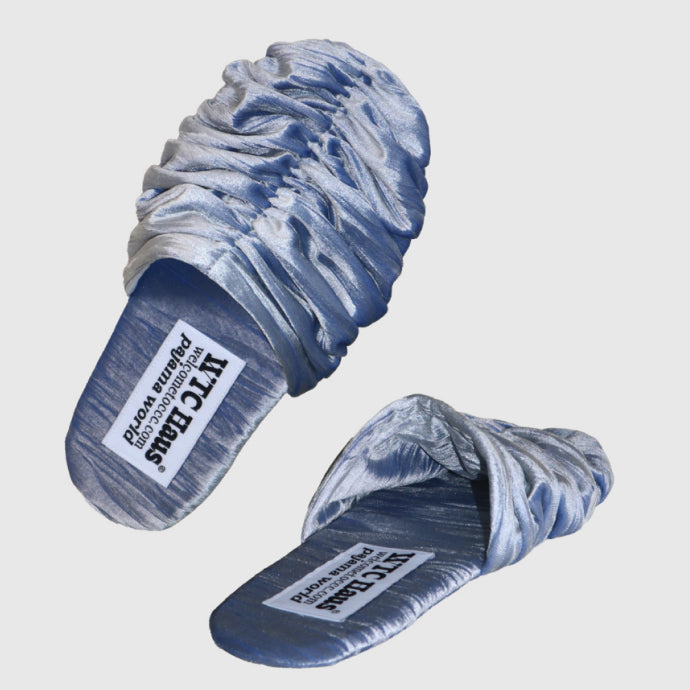What is Korean interior design? : Its characteristics and differences from Scandinavian interior design
What is Korean interior design? : Its characteristics and differences from Scandinavian interior design

What comes to mind when you hear the term Korean interior design? In recent years, Korean interior design has been gaining attention for its natural and comfortable design. From the gentle use of white and beige to the unique atmosphere that mixes Nordic and Asian tastes, we will explain its appeal in detail here.
table of contents
- 1. Learn about Korean Hanok: Why Korean interiors are dominated by white and wood
- 2. Natural and calm color scheme
- 3. Interior design using natural materials
- 4. Wall decoration: Combining art
- 5. Differences between Korean and Scandinavian interior design
1. Learn about Korean Hanok: Why Korean interiors are dominated by white and wood

Hanok, a traditional Korean house, is made of wood, earth, straw, and paper. Hanoks are designed to allow good ventilation and to keep the house cool in the summer and warm in the winter. This sense of unity with nature and respect for materials is at the heart of Korean interior design and continues to live on in modern interior design. Due to the influence of Hanok life, the combination of wood and white is very familiar to Koreans. White and wood, which are also the base colors of Hanok, are a combination that forms the basis of Korean interior design.
2. Natural and calm color scheme

There are also many other variations, such as using white or beige as a base and combining black or pastel colors as accents. The important thing here is to limit the number of colors to two. Use no more than three colors.
<Example of color scheme>
1. Black and White

The simple and sophisticated combination of black and white creates a modern space. In particular, using black accents can create a sharp impression.
2. White, wood

Combining the warmth of wood with the freshness of white creates a bright and airy space, a combination that is especially common in designs influenced by traditional Korean Hanok architecture.
3. Pastel colors

Gentle pastel colors bring softness and femininity to a space. They are used in a variety of spaces, including children's rooms and women's rooms.
3. Interior design using natural materials
Another characteristic of Korean interior design is the use of natural materials such as linen and rattan. These materials have a soft, warm texture that is appealing. Rattan in particular is light and airy, making it a popular traditional Asian material.

4. Wall decoration: Combining art

Another appealing feature of Korean interior design is the use of contemporary art paintings and fabric posters on the walls. These pieces of art bring a modern and sophisticated feel, and serve as an accent to simple interiors.
If you are interested in Korean interior goods, click here >>
The popularity of midcentury furniture

In recent years, mid-century style furniture has been gaining attention in Korean interior design. Glass and steel furniture in particular are popular for their modern yet warm designs. Another characteristic of Korean interior design is the use of lighting to further emphasize the warmth.
5. Differences between Korean and Scandinavian interior design
Korean interiors and Scandinavian interiors share a common preference for simple and functional designs, but there are various characteristics and accents due to differences in cultural backgrounds, values, climates, etc. Below are the main differences.
1. Use of color :
-
Korean interiors : Korean interiors tend to be based on white and beige, but pastel colors and combinations of white and wood have also been gaining popularity in recent years.
-
Scandinavian interior design : In Scandinavia, winters are long and daylight hours are short, so they try to keep the interior bright by using white and light colors as the main color. In addition, colors reminiscent of nature, such as blue and green, are often used as accents.
2. Material Selection :
-
Korean interior : Characterized by the use of natural materials such as rattan, linen, and wood.
-
Scandinavian interiors : Light woods such as oak and beech, and warm materials such as wool and felt are predominant.
3.Furniture design :
-
Korean interior : The furniture is simple, yet often incorporates traditional elements and curves.
-
Scandinavian interior design : It features functional, linear designs and pursues beautiful forms with minimal decoration.
4. Accessories and decorations :
-
Korean interior design : Modern art paintings and fabric posters are often used to add accents to simple spaces.
-
Scandinavian interior design : Create a cozy, hygge atmosphere with plants, candles, and handmade items Creates a " hygge " space.
summary

Korean interior design has a unique atmosphere that combines tradition and modernity. It is full of elements that create a comfortable space, such as natural colors such as white and beige, furniture made from natural materials, and decorations that utilize art. If you are thinking of renovating the interior of your home, we recommend incorporating Korean interior ideas.



























コメントを残してください!